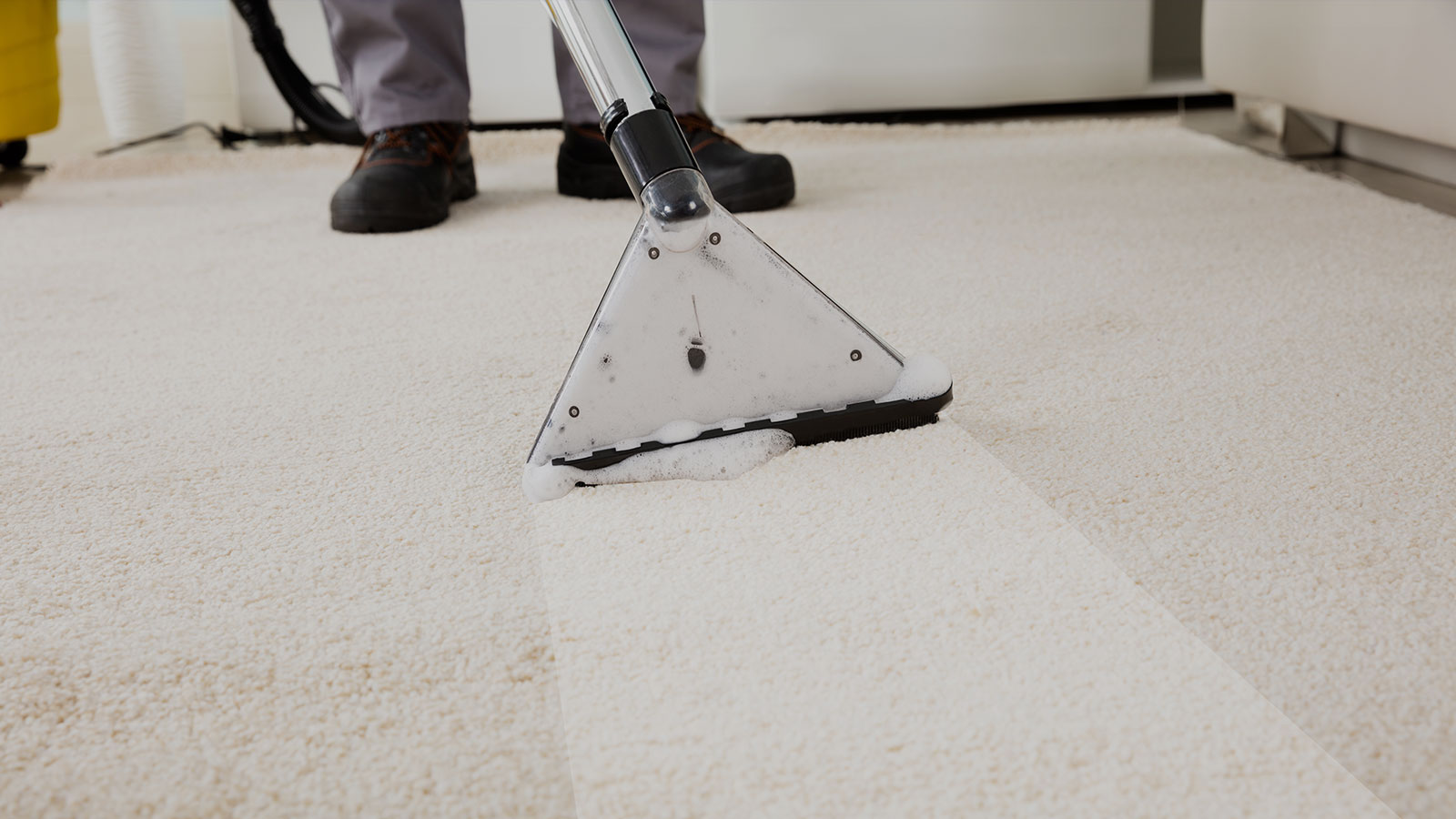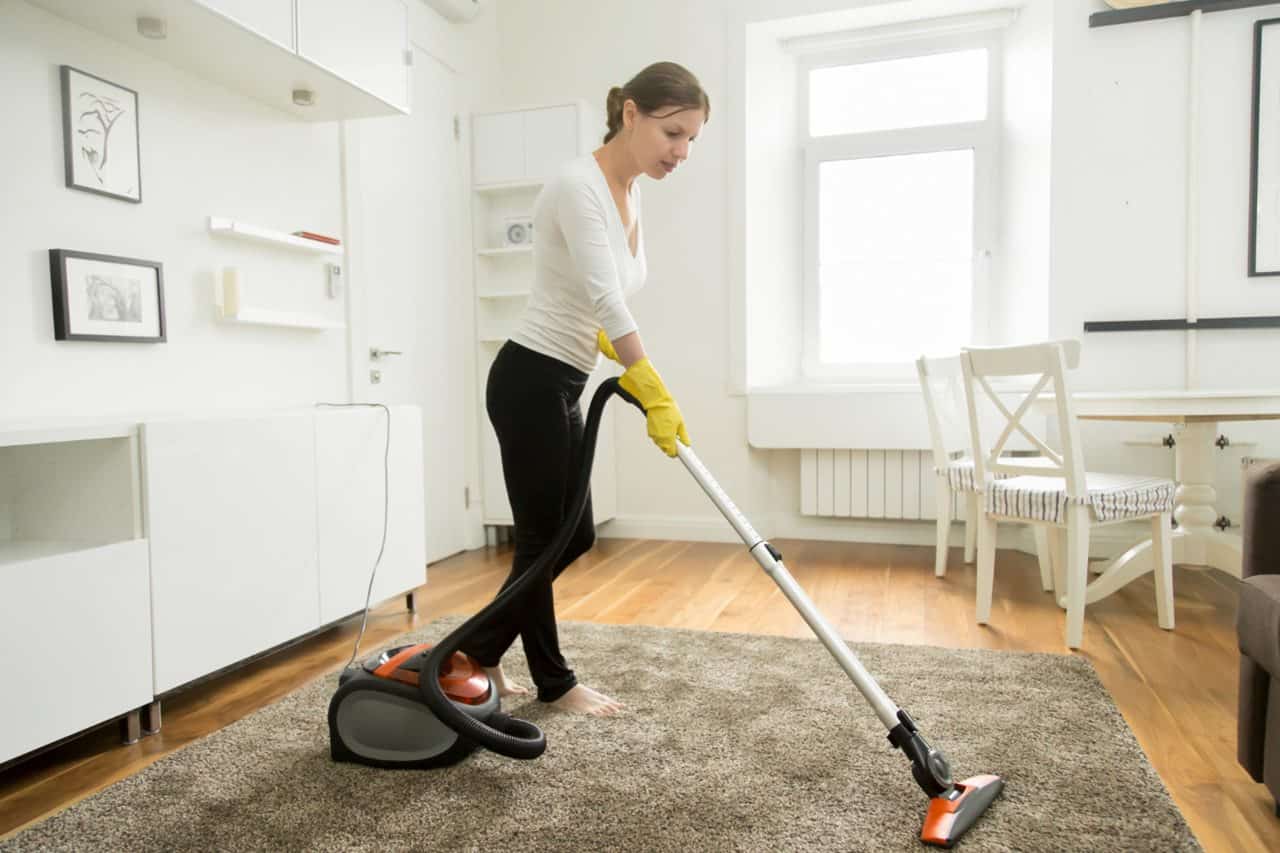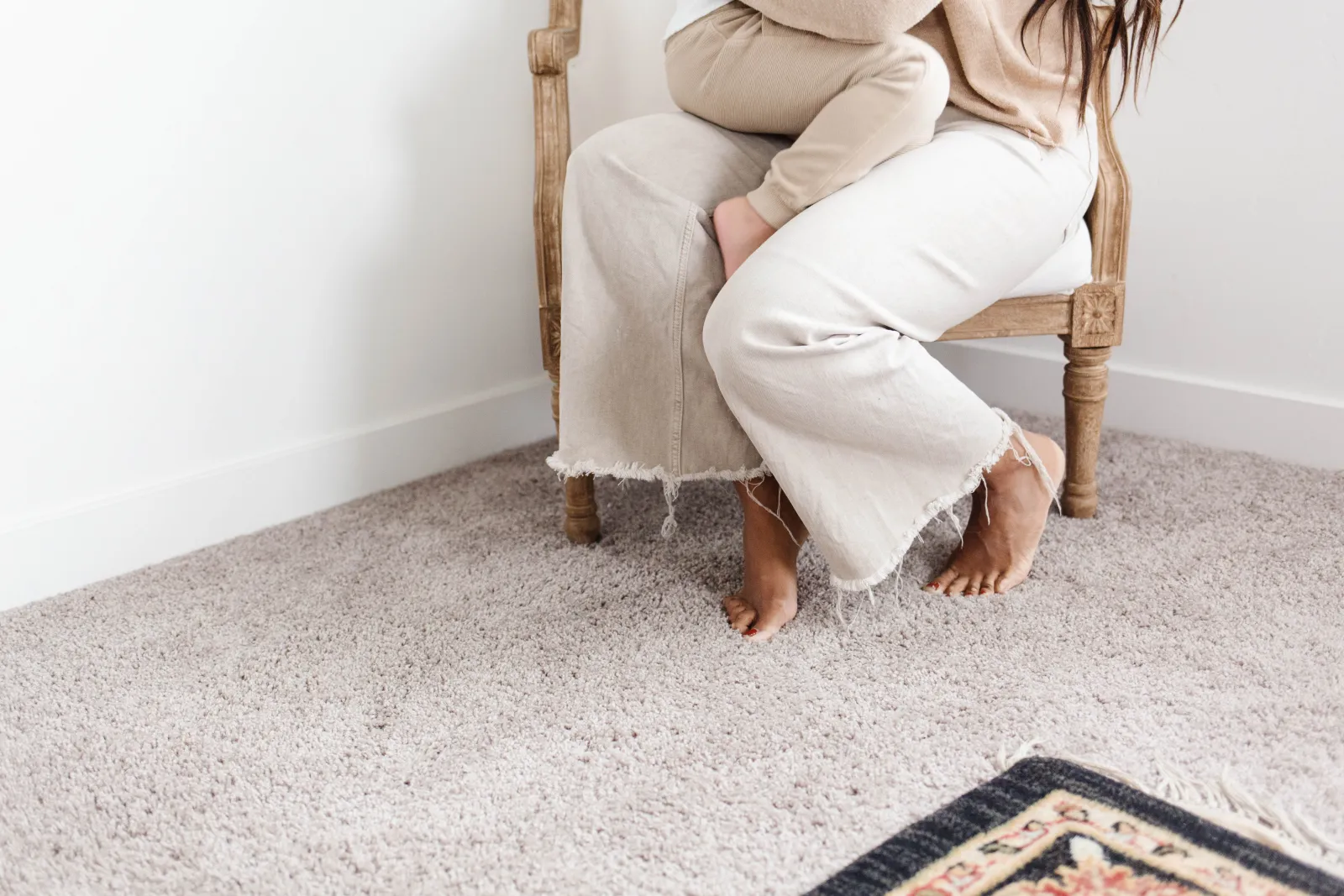Introduction: Understanding Carpet Drying Times
Carpet shampooing is a common practice for deep cleaning and revitalizing carpets, but one concern that often arises is the drying time. Understanding how long carpets take to dry after shampooing is essential for planning and executing the cleaning process effectively. In this article, we’ll explore various factors that influence carpet drying times and share quick drying tricks to help expedite the process.

Factors Influencing Carpet Drying Times
Several factors contribute to the length of time it takes for carpets to dry after shampooing. These include:
- Carpet Material and Thickness: The type and thickness of the carpet fibers influence drying times. Thicker carpets with dense fibers tend to retain more moisture and thus take longer to dry compared to thinner carpets.
- Humidity Levels: High humidity levels in the environment slow down the evaporation process, prolonging carpet drying times. Conversely, low humidity facilitates faster drying.
- Air Circulation: Adequate air circulation is crucial for drying carpets efficiently. Poor ventilation can impede the evaporation of moisture, resulting in extended drying times.
- Temperature: Warmer temperatures expedite the drying process by increasing the rate of evaporation. Conversely, colder temperatures slow down drying times.
- Amount of Water Used: Excessive water usage during shampooing can saturate the carpet and prolong drying times. Using the appropriate amount of water is key to achieving optimal drying results.

Typical Drying Times for Carpets
While drying times can vary depending on the factors mentioned above, there are general guidelines for estimating how long carpets take to dry after shampooing:
- Low Pile Carpets: Carpets with low pile or shorter fibers typically dry faster compared to high pile carpets. On average, low pile carpets may take anywhere from 4 to 8 hours to dry completely.
- High Pile Carpets: Carpets with high pile or longer fibers retain more moisture and thus require longer drying times. High pile carpets may take anywhere from 8 to 24 hours or more to dry thoroughly.
- Environmental Conditions: Environmental factors such as humidity levels, temperature, and air circulation significantly influence drying times. In ideal conditions with low humidity, adequate ventilation, and warm temperatures, carpets may dry within 4 to 6 hours.
- Using Fans or Air Movers: Utilizing fans or air movers can expedite the drying process by promoting air circulation and evaporation. Placing fans strategically throughout the room can help reduce drying times by several hours.
- Professional Carpet Cleaning Services: Professional carpet cleaning services often use powerful extraction equipment and drying techniques to minimize drying times. Carpets cleaned professionally may dry within 2 to 4 hours, depending on the method used.

Quick Drying Tricks for Carpets
To speed up the carpet drying process after shampooing, consider implementing the following quick drying tricks:
- Maximize Air Circulation: Open windows and doors to encourage airflow and ventilation. Additionally, use fans or air movers to circulate air throughout the room and over the carpet surface.
- Use Dehumidifiers: If humidity levels are high, use dehumidifiers to remove excess moisture from the air. Lowering humidity levels can facilitate faster carpet drying.
- Spot Clean Problem Areas: Focus on spot cleaning heavily soiled or stained areas instead of shampooing the entire carpet. This reduces the amount of water used and speeds up drying times.
- Blot Excess Moisture: After shampooing, use clean towels or a wet/dry vacuum to blot excess moisture from the carpet surface. This helps prevent over-saturation and accelerates drying.
- Raise Furniture Legs: Lift furniture legs or place them on blocks to allow air to circulate freely underneath and around the carpet. This prevents furniture from trapping moisture and prolonging drying times.
- Rotate Fans Regularly: If using fans or air movers, periodically rotate their positions to ensure even drying throughout the room. Target areas that are slower to dry for more efficient results.
- Avoid Walking on Damp Carpet: Minimize foot traffic on damp carpeting to prevent compaction and further saturation. Place warning signs or barriers to discourage walking on freshly shampooed carpets.
- Monitor Drying Progress: Check the carpet periodically to assess its moisture levels and drying progress. Adjust drying techniques as needed based on environmental conditions and the carpet’s condition.

How to Monitor Drying Progress
Monitoring the drying progress is crucial to ensure that the carpet dries thoroughly and evenly. Here are some steps you can take to keep track of the drying process:
- Check Moisture Levels: Use a moisture meter to gauge the moisture content of the carpet. Focus on areas that tend to retain more moisture, such as corners and edges, to ensure they dry adequately.
- Inspect Carpet Texture: Touch the carpet surface periodically to assess its texture. Damp carpets will feel cool and slightly damp to the touch, while dry carpets will feel warm and dry.
- Look for Signs of Moisture: Keep an eye out for any signs of moisture, such as damp spots or water stains, on the carpet surface. Address any areas that appear to be taking longer to dry.
- Monitor Odors: Pay attention to any musty or damp odors emanating from the carpet, as these may indicate lingering moisture. Proper ventilation can help dissipate odors and accelerate drying.
- Use a Dry Towel Test: Place a dry towel on the carpet surface and press down firmly. If the towel absorbs moisture, continue drying until the towel remains dry to the touch.
By actively monitoring the drying progress and adjusting drying techniques as needed, you can ensure that your carpet dries thoroughly and efficiently.
Conclusion: Achieving Efficient Carpet Drying
In conclusion, understanding how long carpets take to dry after shampooing and implementing quick drying tricks can help expedite the drying process and minimize downtime. By considering factors such as carpet material, environmental conditions, and drying techniques, you can achieve efficient and effective carpet cleaning results. Whether you’re tackling the task yourself or relying on professional services, prioritizing proper drying methods is essential for maintaining the integrity and longevity of your carpets.
In conclusion, achieving efficient carpet drying requires careful consideration of various factors and diligent monitoring of the drying progress. By understanding the influences on drying times, implementing quick drying tricks, and regularly assessing moisture levels, you can expedite the drying process and maintain the integrity of your carpets. Whether you’re shampooing carpets at home or utilizing professional cleaning services, prioritizing proper drying methods is essential for optimal results. With these tips and techniques, you can enjoy clean, fresh carpets without the extended downtime associated with prolonged drying times.
